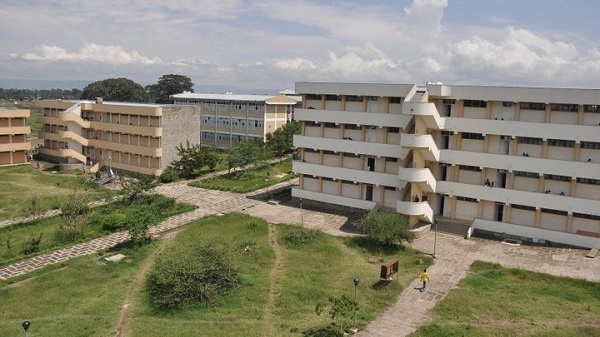
The success of Ethiopia’s differentiated higher education system will be determined by its most coveted goal, which is the ability to combine efficiently the elements of access and excellence in a balanced manner.
By Mentolawit Taye
The higher education sector in Ethiopia is about to embark on a differentiated higher education scheme by developing the Education Development Roadmap (2018-30), which acknowledges the advantages of encouraging quality and competitiveness based on program offerings, functional concentrate, organizational status and student structure, along with the country’s fifth Education Sector Development Program, or ESDP V (2015/16-2019/20).
The general objective of the system is to differentiate the Ethiopian Higher Education system both vertically and horizontally so that universities in the country are able to identify their strengths and focus their attention of teaching and research on specific, relevant and significant disciplines at different levels of qualification and provide client-oriented quality education, with their own specific missions and profiles. The specific objectives are to:
- introduce both vertical and horizontal diversification in the Ethiopian Higher Education System whereby students could be given options to study disciplines of their choice at levels of qualification that match their heterogeneous abilities and talents (client orientation)
- reduce the current discipline mimicry and homogeneity in fields of study among Ethiopian higher learning institutions and make them focus on teaching and research efforts in disciplines in which they have historical strength and comparative advantages for effectiveness
- encourage the opening of new disciplines that are currently in demand for the socio-economic development of the country
- stratify students who join Higher Learning Institutions based on their heterogeneous abilities and talents and place them in disciplines of their choice
- increase specializations for the needs of the nation and mobility of students within the country and across the globe among the Higher Education Institutions, and make them more responsive to societal needs
- make higher learning institutions in Ethiopia develop their own specific missions and profiles based on national priorities and create a diversified higher education system in which different types of institutions co-exist and exploit synergies for effectiveness
- improve the relevance, effectiveness, efficiency and quality of provision of community services
- promote greater institutional autonomy and accountability
- enhance a globally competitive system and
- promote a financially sustainable system.
Ethiopia currently aspires to become a middle-income country by 2025 and wants to use higher education as its major tool of poverty reduction and economic development. The transformation of its agriculture-led economy to an industrial one hinges on the availability of an educated workforce that can play a critical role in technology transfer and knowledge creation.
To this end, a differentiated system of higher education is scheduled to react to the general domestic vision of improving local growth and establishing an internationally competitive workforce that will assist in the present movement towards the creation of a knowledge society.
The selection of an extensive domestic differentiation subsystem is not concentrated on a restricted amount of organizations, but on how to classify and deploy the entire set of organizations within the scheme to react to nationally anticipated objectives and regional and global positioning.
The scheme requires closer scrutiny of current organizations, their relative strengths, ambitions, organizational cultures, resource and location benefits, and the consequences of a differentiated system in terms of facilities, budget, admission to students, personnel qualification, workload, and other appropriate variables. The task requires not only expert knowledge and long-term vision but also the involvement of as many pertinent stakeholders as possible.
The success of this system will be determined by its most coveted goal, which is the ability to combine efficiently the elements of access and excellence in a balanced manner.
Source: World Education Forum
